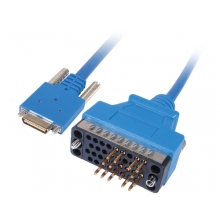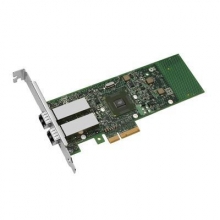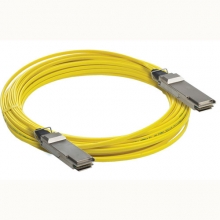- Optical Transceivers
- SFP+ Transceivers
- XENPAK Transceivers
- XFP Transceivers
- X2 Transceivers
- SFP Transceivers
- Compatible SFP
- 3Com SFP
- Alcatel-Lucent SFP
- Allied Telesis SFP
- Avaya SFP
- Brocade SFP
- Cisco SFP
- D-Link SFP
- Dell SFP
- Enterasys SFP
- Extreme SFP
- Force10 SFP
- Foundry SFP
- H3C SFP
- HP SFP
- Huawei SFP
- Intel SFP
- Juniper SFP
- Linksys SFP
- Marconi SFP
- McAfee SFP
- Netgear SFP
- Nortel SFP
- Planet SFP
- Q-logic SFP
- Redback SFP
- SMC SFP
- SUN SFP
- TRENDnet SFP
- ZYXEL SFP
- Other SFP
- FE SFP
- GE SFP
- OC3 SFP
- OC12 SFP
- OC48 SFP
- Copper SFP
- CWDM SFP
- DWDM SFP
- BIDI SFP
- Fiber Channel SFP
- Multi-Rate SFP
- SGMII SFP
- Compatible SFP
- GBIC Transceivers
- Passive Components
- Networking
- Cables
- Equipments
- Tools
- Special Offers


Broadcom’s 40 Gb switch based on Dune Networks technology
Although 100Gb might be a better speed long term to provide uplinks for 10GbE platforms, 40Gb will do for now. In our view, 100Gb throughput in a standard MSA that switch OEMs can trust to be ubiquitous and cost effective is at least three years off.
Keep in mind that, as the new generation of Intel Xeon-based servers hits the streets in late 2011, OEMs will have multiple low-cost options for 10GbE connectivity via 10GBASE-T and Direct Attach cables. For the most part, users will upgrade to 10GbE to be able run their networks at sustained 2 to 4 Gbps rather than the full 10Gbps. Therefore, we believe users will not object if the 40GbE ports are oversubscribed early in the 10GbE upgrade phase. Data center managers are most interested in the lower latency benefits of 10GbE versus 1GbE and a gradual transition to 40G and 100G with new more powerful servers.
Unfortunately, 100Gb uplinks costs are cost-prohibitive at the current time for reaches beyond 100m using single-mode fiber. At Interop, we saw few multimode fiber-based, CXP parallel optic transceivers ports as standard line cards, but we did see a number of CXP add-in cards. We did not see any CXP ports as standard ports built into switches.
The current 100G CFP MSA designed for 10Km reach is far too expensive and big for widescale use in datacom equipment. Beyond that, the industry needs a 100Gb transceiver that fits in a QSFP socket that will work with current 40Gbps QSFP transceivers. We spoke to multiple switch OEMs who welcomed this sort of 100Gb transceiver. The problem is that the standards groups have not even created specifications for such an trasceiver, and the engineering and validation processes required to produce such a transceiver could further extend the delivery timeline. We think the whole process of defining the 100Gb transceiver that fits into a QSFP package will take another 2-3 years to come to market. In the meantime, 40Gb transceivers in a QSFP package will be the majority in Datacom with CXP for 100Gb where needed.



















































